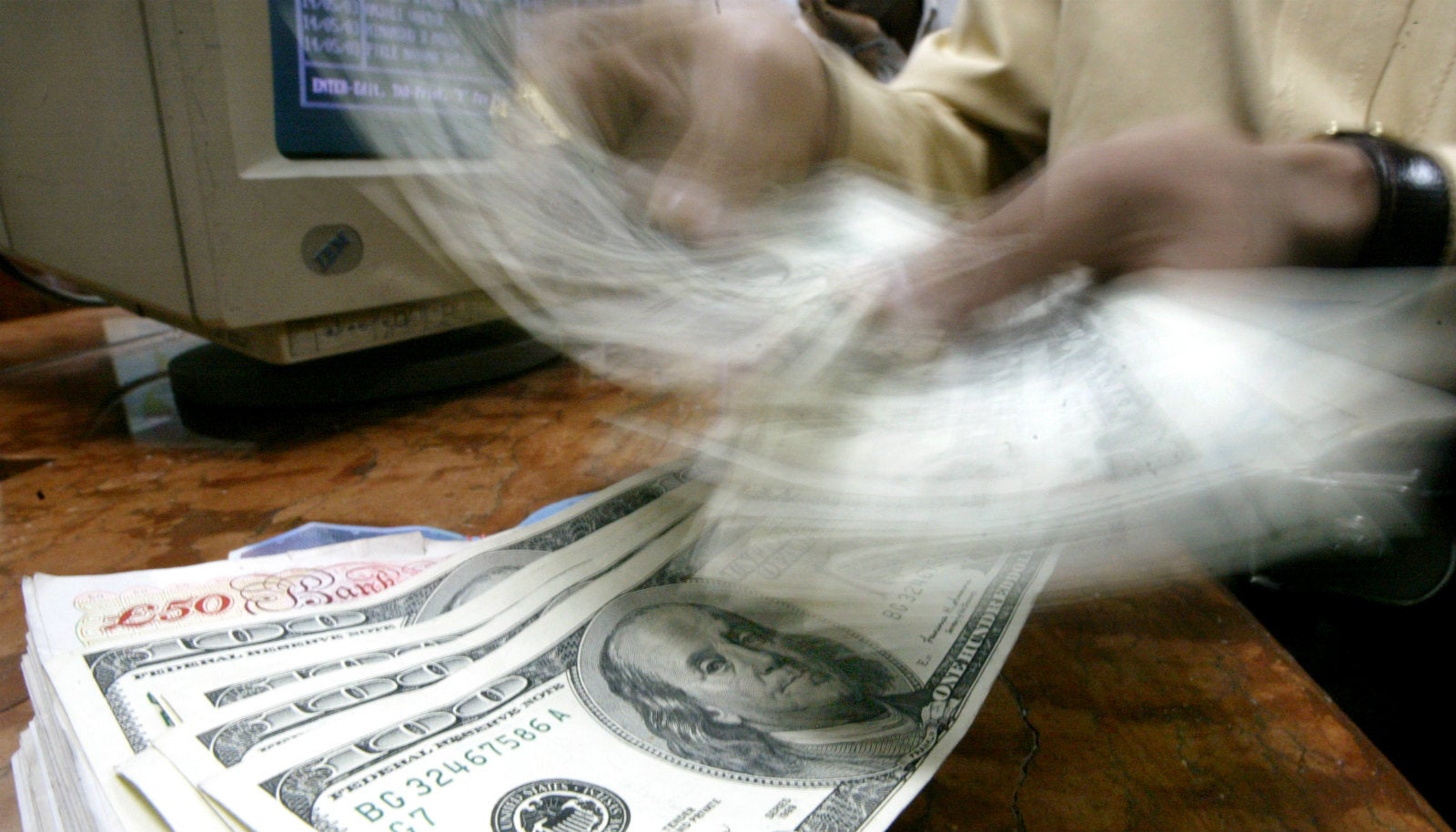African countries lose $88 billion every year to illicit financial flows
Illicit financial flows are burning billion-dollar holes in African economies.


Illicit financial flows are burning billion-dollar holes in African economies.
Latest data from the United Nations Conference on Trade and Development estimates African countries lose $88.6 billion—around 3.7% of the continent’s GDP—to illicit capital flight annually through a variety of methods, from tax evasion and deliberate mis-invoicing of trade shipments to criminal acts like corruption and theft.
Despite the large estimated losses, the stark reality is the scale of problem is likely still under-reported given existing limitations to accessing vital information. For instance, only 45 of 53 African countries provide data to the UN International Trade Statistics Database “in a continuous manner allowing trade statistics to be compared over time,” UNCTAD states. The report broadly defines illicit financial flows as “movements of money and assets across borders which are illegal in source, transfer or use.”
Yet, even at current reported levels, the capital flight losses are already significant for African countries given the financing gaps they typically face trying to fund local infrastructure. For context, while Africa’s losses to illicit capital flight amounts to $88.6 billion annually, the continent only received $48 billion in aid and $54 billion in foreign direct investment annually on average from 2013 to 2015.
These losses also have tangible, real-life implications as the report estimates countries with high rates of illicit financial flows spend 25% less on health and 58% less on education. It means, amid the global coronavirus pandemic, public health services and facilities in Africa are far more stretched than elsewhere.
While illicit capital flight happens through several methods, trade mis-invoicing—intentionally misreporting the total value of a transaction—accounts for up to $52 billion of the annual losses and much of that activity is linked to mis-invoincing of commodity exports in African extractive industries. “High-value, low-weight commodities” such as precious metals are identified are key drivers of illicit financial flows from Africa as they are more prone to smuggling.
UNCTAD’s report also reinforces previous estimates on the scale of illicit financial flows from Africa. In 2017, Global Financial Integrity (GFI), a Washington think thank, reported illicit financial flows from developing regions grew at an average rate of 8.5% to 10.1% a year between 2005 and 2014. In Sub Saharan Africa however, illicit outflows equaled between 7.5% and 11.6% of regional trade on average between 2005 and 2014—the highest for any region.
In 2018, West Africa Leaks, an investigative project by the International Consortium of Investigative Journalists (ICIJ) in collaboration with West African journalists, also uncovered more specific details of the practices used to illegally take money out of the region with findings drawn from a pool of 30 million documents, including leaked financial records.
Sign up to the Quartz Africa Weekly Brief here for news and analysis on African business, tech, and innovation in your inbox